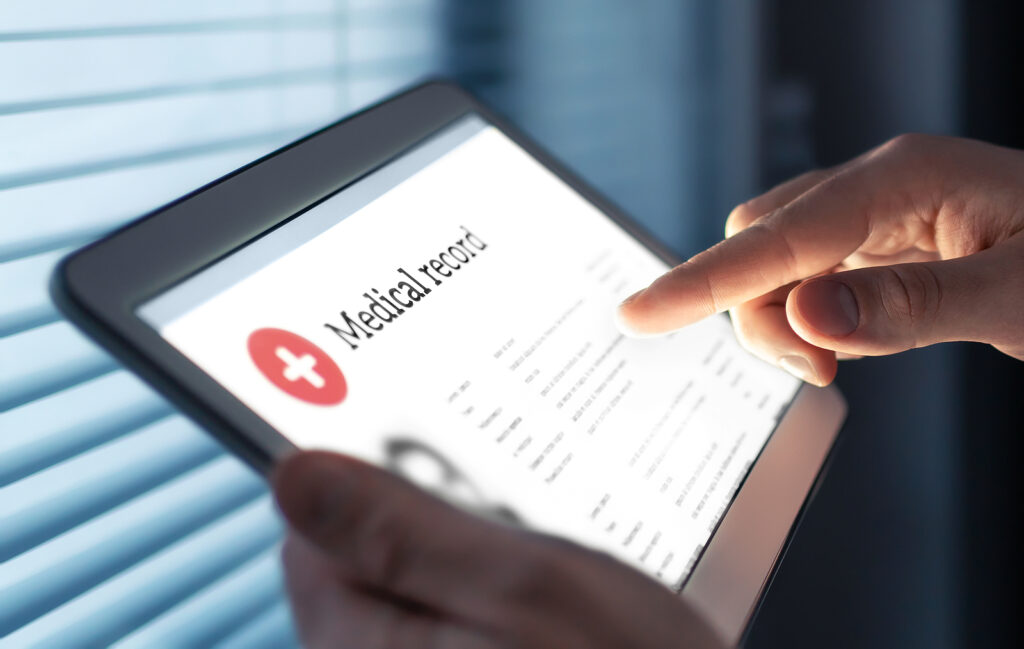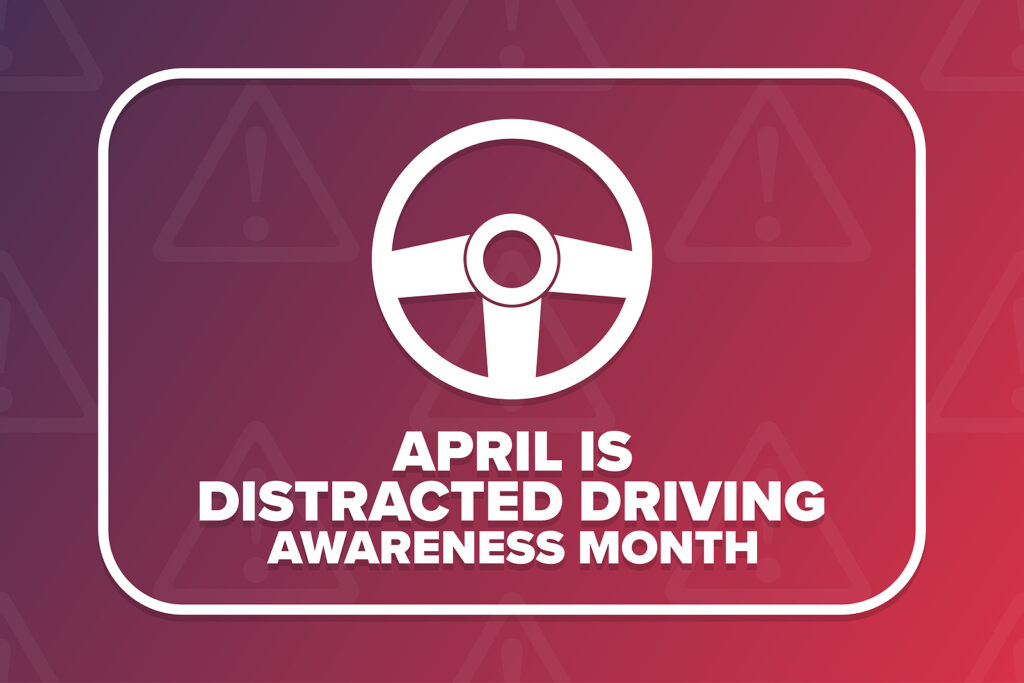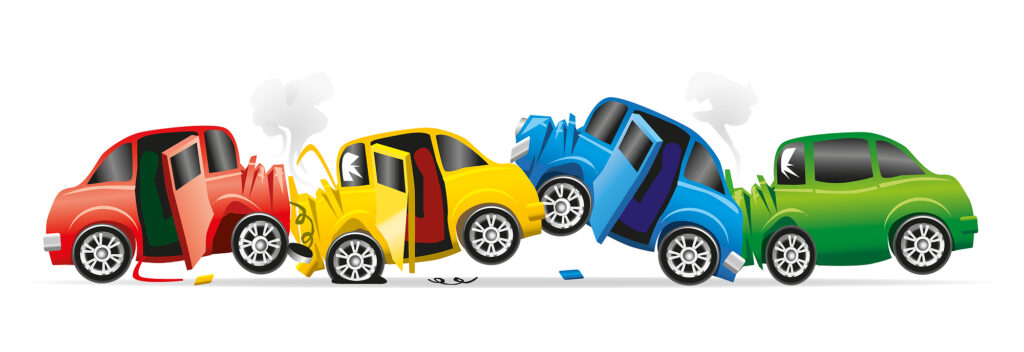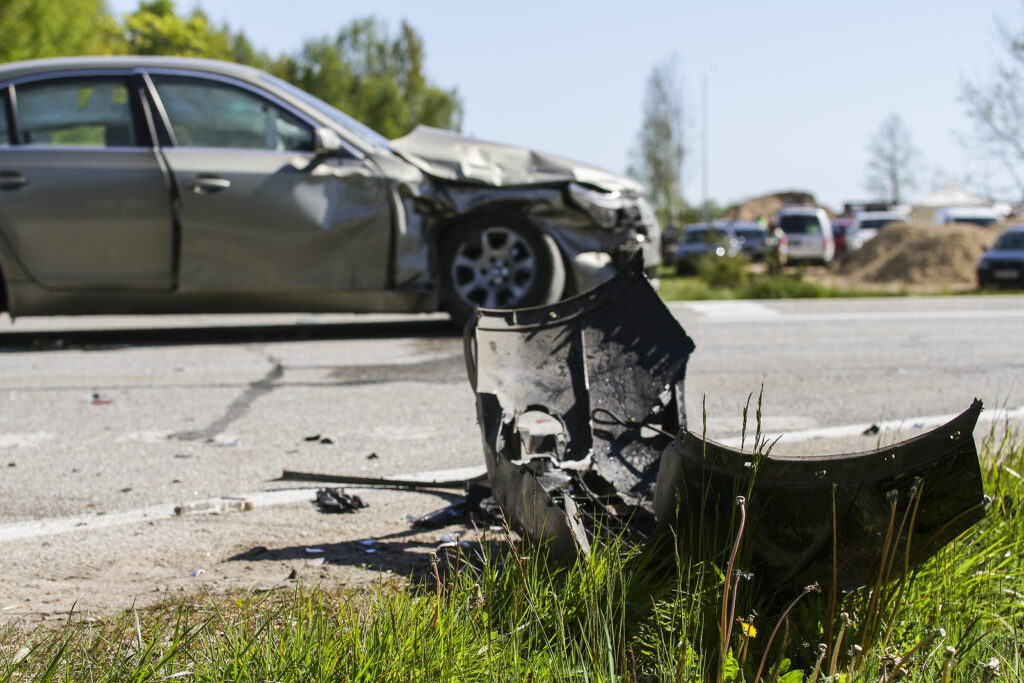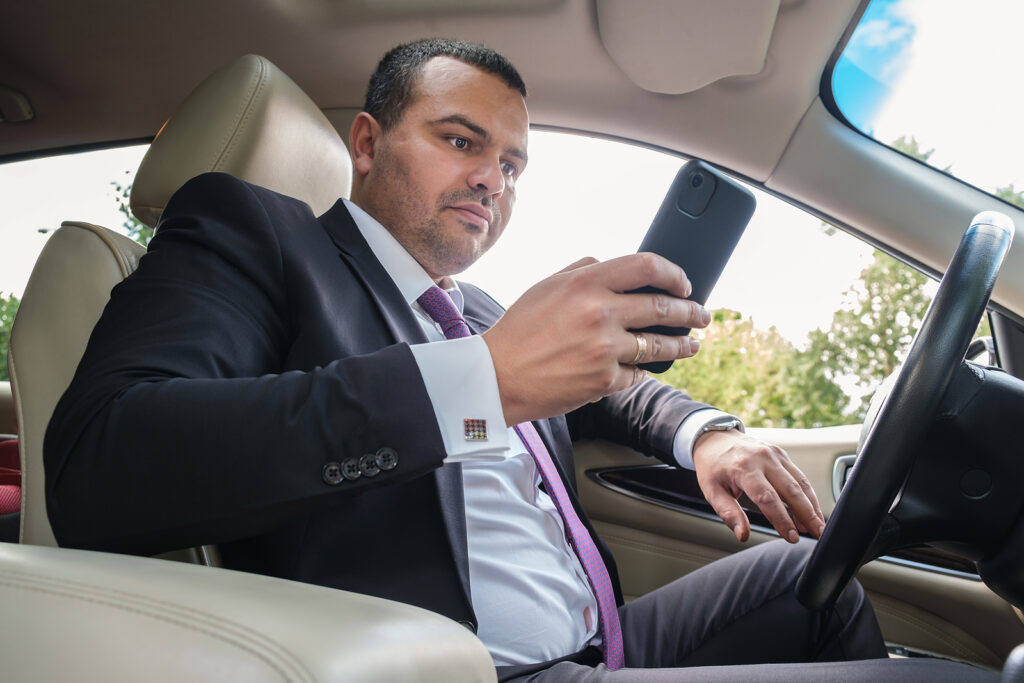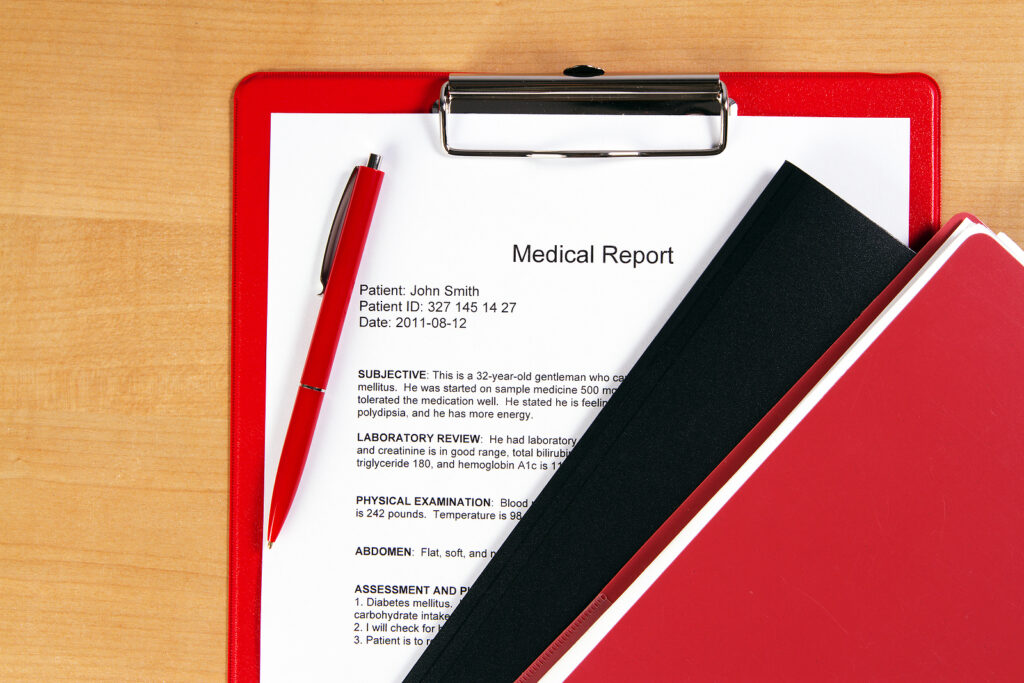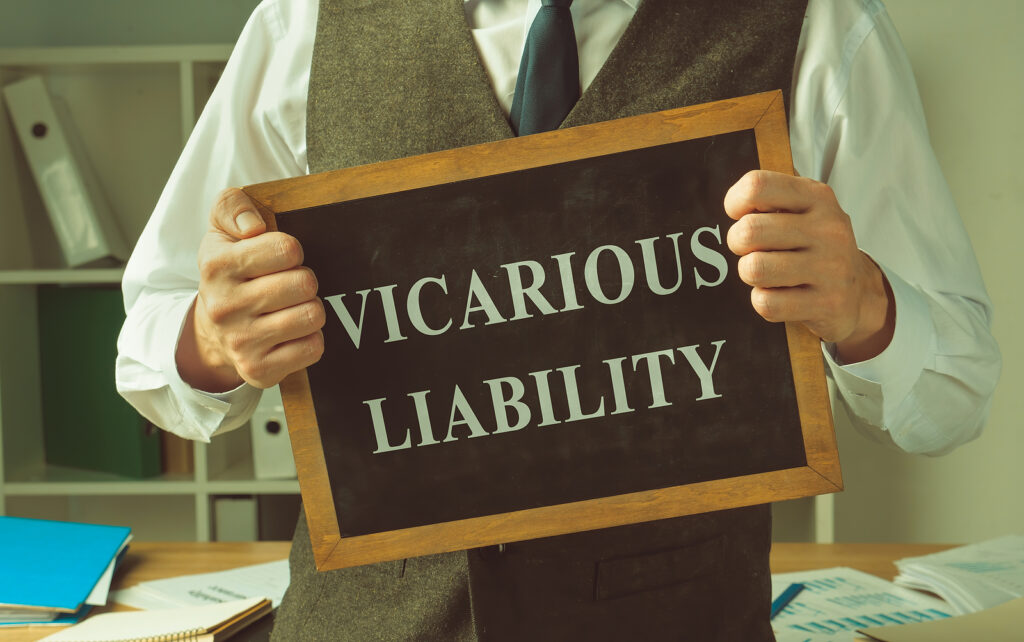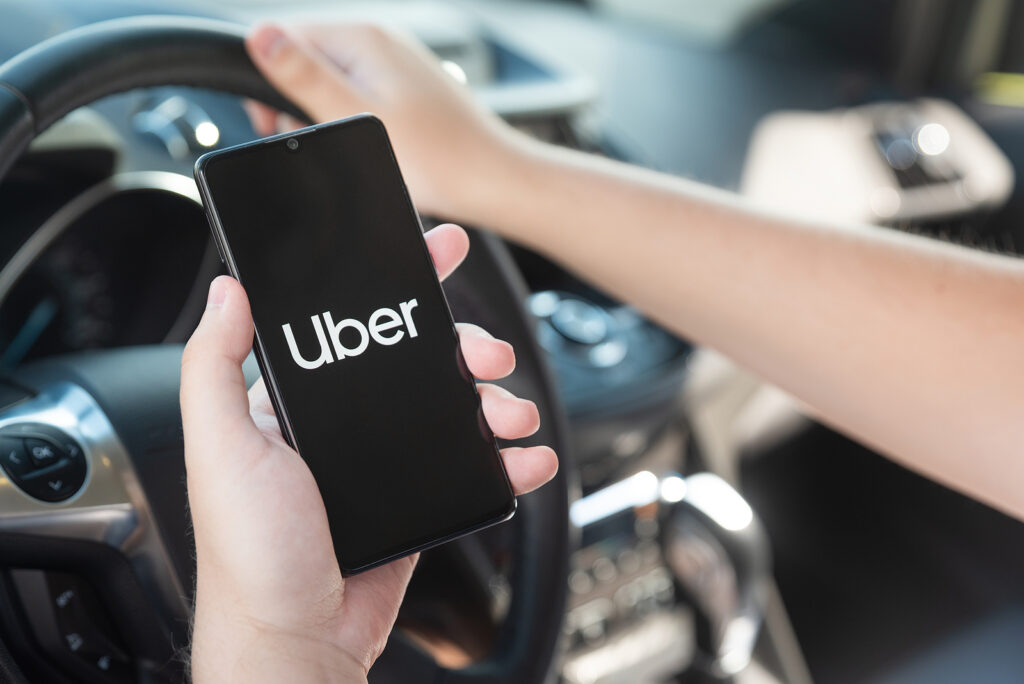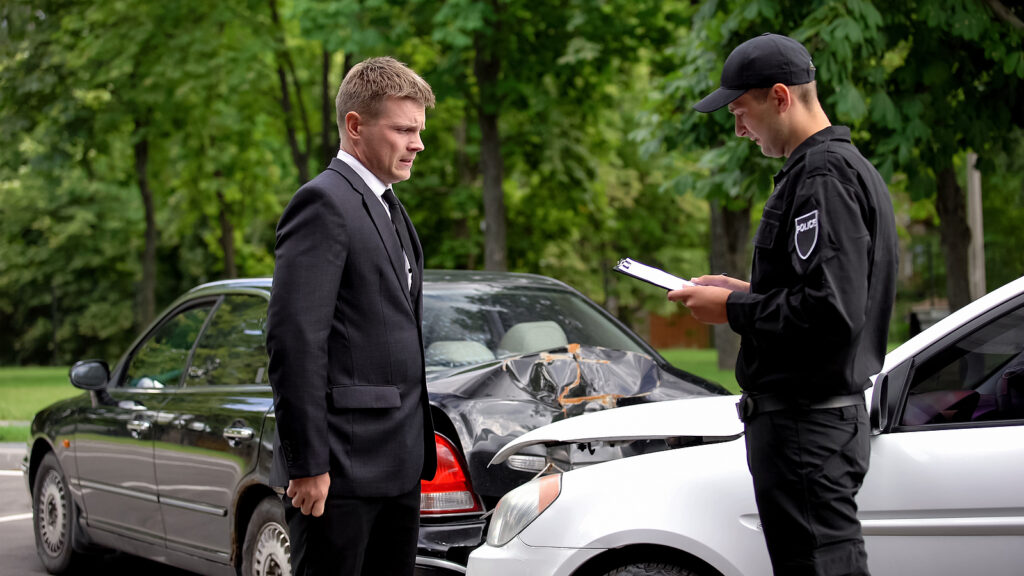In the days or weeks following an injurious car accident that was not your fault, you may be confronted with a full liability release form from the at-fault party’s insurance company. Should you sign this form? What will happen if you do? Will it affect your settlement? These are all wise inquiries to ask yourself before approving a release of all claims. After all, as a victim of a car accident, you deserve the maximum settlement for your auto accident damages.
Continue reading to learn what you need to know about car accident full liability releases, including who to trust for legal advice regarding your accident case in Indiana.
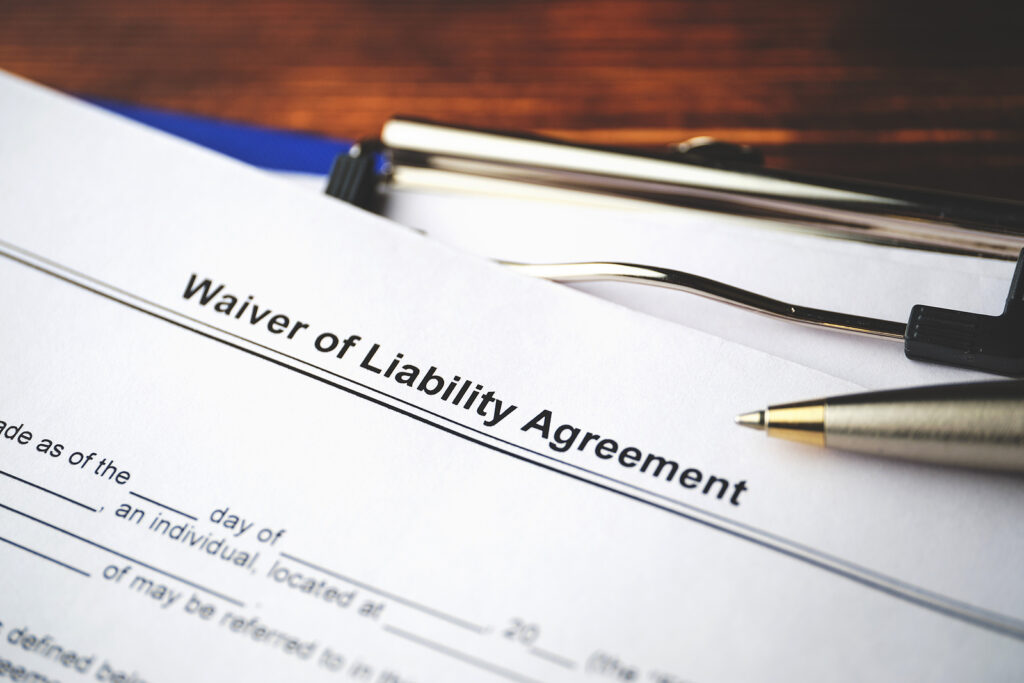
Full Liability Releases
A full liability release tends to come into play after a car accident victim receives a settlement offer from the opposing insurance company. Before the insurance company sends a check for the settlement amount, they may insist that the claimant sign a full liability release, also known as a “waiver liability” form, “hold harmless agreement”, or a “release of all claims” form. The request is not usually a surprise, but rather, included in the settlement agreement.
The document’s purpose is to show that both parties agree to resolve their dispute and end all claims. It is significant because it releases the opposing party, both driver and insurance company, from all liability moving forward, including not being subjected to additional damage claims. Once a claimant accepts and signs a full liability release, the opposing party is no longer responsible for compensating them for any future damages resulting from the car accident.
Key Elements of a Waiver Liability Form
A waiver liability form should contain all related information regarding the claim, including all relevant laws pertaining to the case, official identification of all involved parties, full details of the auto accident, the types of claims being released (bodily injury, property, etc.), and payment agreement details.
A typical excerpt within such forms might include something similar to, “The undersigned hereby assumes all risk of injury or harm as a result of the activities specified above and agrees to release, indemnify, defend, and forever discharge the releasee from all liability, claims, demands, damages, costs, expenses, and causes of action due to death, injury, loss, or damage to the undersigned.”
Should You Sign a Release of All Claims Form? Answer: Not Without Talking to an Attorney First.
You should never sign a release of all claims form too soon. Once you sign the claim, you lose your right to pursue compensation for any future-arising damages that resulted from your car accident. Before signing a waiver liability form, it is important to complete all medical treatment. This is sometimes referred to as maximum medical improvement (MMI).
More importantly, right after your accident, it is critical to hire an experienced Indiana car accident attorney for help navigating your claim. They will fight for your rights to full and fair compensation, including past, current, and future damages. With their assistance, you will know that the right decisions are being made, and in the best interest of your quality of life.
Were you recently injured in a negligent car accident in Indiana? Contact the Law Office of Craven, Hoover, and Blazek P.C. at 317-881-2700 to schedule a no-risk, no-fee personal injury consultation with a skilled auto accident lawyer in Indianapolis, IN. We represent clients all throughout the state, and there is no need to travel. We can hold case evaluations via phone or online video conference.
Related Posts:
What Do I Say to Insurance Adjusters After Being Injured in a Car Accident?
When Will the Settlement Negotiations Begin for My Accident Claim?
How to Get the Maximum Settlement for Your Indiana Accident Lawsuit

